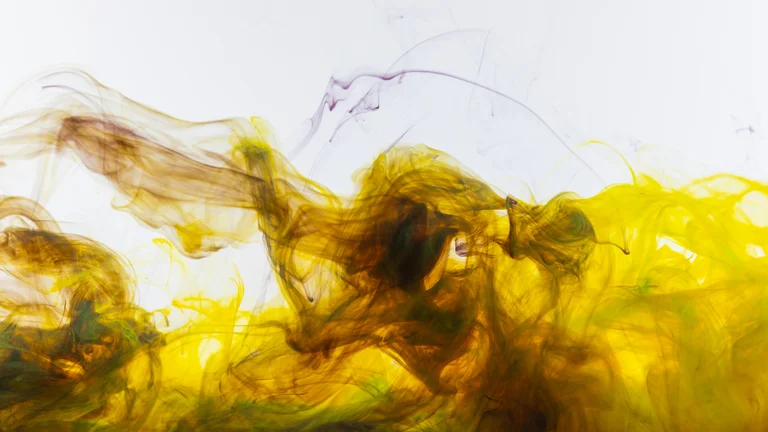Relationship Between Violence and Self-Expression

In Fight Club, violence serves as a brutal form of self-expression for its characters. The unnamed narrator struggles with his consumerist identity, feeling detached from the world around him. Joining Fight Club offers an escape from this emptiness, where fights symbolize liberation. The violence transforms chaos into control, allowing men to reclaim lost identities. In this sense, violence becomes a powerful tool for self-definition in a society that promotes uniformity.
Masculinity and the Crisis of Identity
The film explores masculinity through its lens of violence. Men in Fight Club face a crisis; they feel emasculated by societal expectations. Traditional masculinity is perceived as diminishing due to modernity. The fight club presents an avenue for these individuals to reconnect with their primal instincts. The violence becomes a means to assert dominance, challenge vulnerability, and redefine masculinity. This portrayal of violence questions whether embodying aggression defines a man or simply masks deeper insecurities.
The Duality of the Narrator and Tyler Durden
The relationship between the narrator and Tyler Durden highlights the complexity of identity. Tyler represents unchecked aggression and freedom while the narrator embodies conformity and fear. Their interactions unveil the inner conflict about identity and societal expectations. As the narrator embraces Tyler's violent philosophy, he simultaneously distorts his own identity. This duality reveals how adopting violence can fragment one's sense of self but also serves as a catalyst for personal transformation.
Fight Club as a Rebellion Against Consumerism
The film positions violence as a rebellion against consumerism. The narrator's life is anchored in material possessions, suggesting that his identity is defined by what he owns. Fight Club offers an antidote; through physical confrontations, members break the chains of consumerist identity. Violence challenges these societal norms, pushing individuals toward authenticity. In this light, the act of fighting becomes both liberating and a commentary on the pressures of modern life.
The Impact of Violence on Community and Identity
Community plays a significant role in shaping identity within Fight Club. Violence creates bonds among members, fostering a sense of belonging. However, this community is built on the foundation of aggression, raising questions about the nature of such connections. The shared experience of fighting provides a sense of identity but can lead to toxic masculinity. The film ultimately suggests that while violence can create community, it may also distort personal connections and obscure true identities.
FAQ
What role does violence play in Fight Club?
Violence in Fight Club acts as a means of self-expression and a way to reclaim lost identities in a consumer-driven society.
How does masculinity relate to identity in the film?
The film addresses a crisis of masculinity, depicting how traditional notions of manhood are challenged and redefined through violent interactions.
What is the significance of the narrator and Tyler Durden's relationship?
Their relationship illustrates an internal conflict about identity, where Tyler represents unrestrained aggression while the narrator embodies fear and conformity.
How does Fight Club critique consumerism?
It critiques consumerism by showing how violence allows individuals to break away from material identities and seek authenticity.
What impact does community have on identity in Fight Club?
Community formed through shared violence fosters belonging but can also lead to distorted personal connections and toxic masculinity.
Fight Club explores the intersection of violence and identity, depicting how physical confrontation acts as a means of self-discovery. It critiques consumerist culture and examines masculinity, as characters navigate crises of identity through aggressive expressions, ultimately questioning the nature of community and authenticity.
Conclusão sobre Violence and identity in Fight Club.